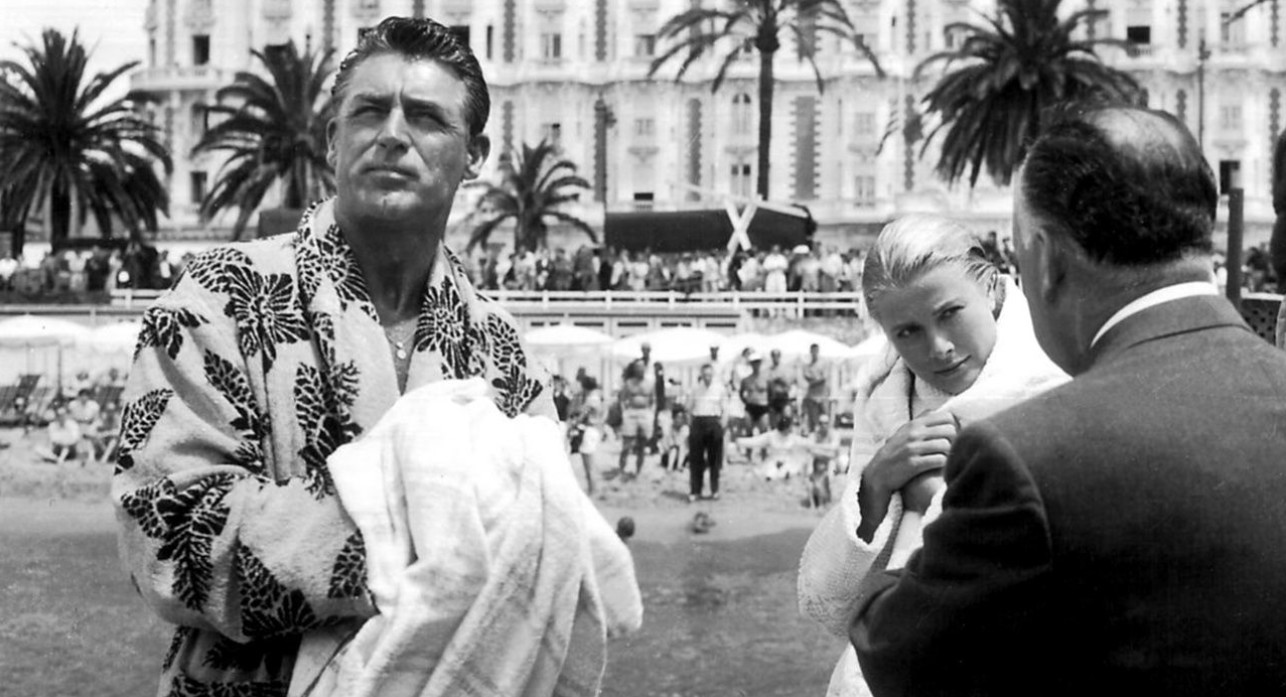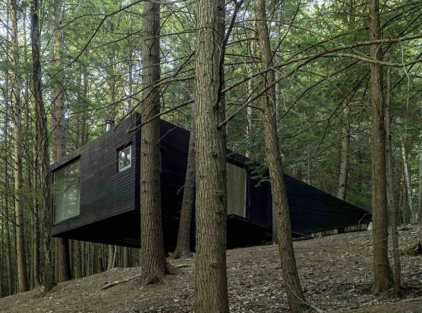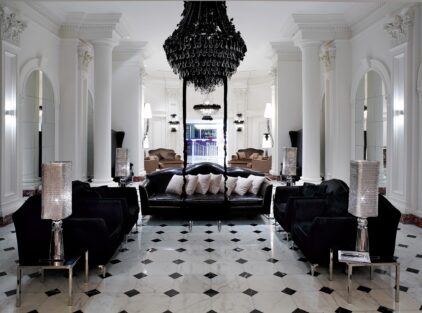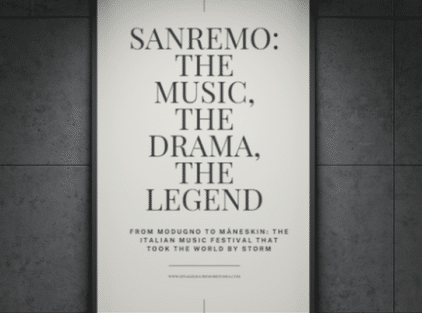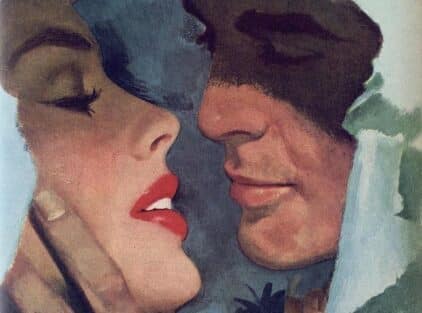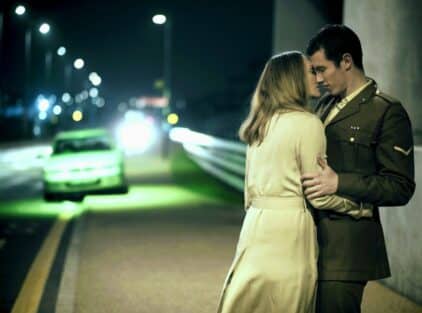by sir Taki Theodoracopulos
The American novelist, playwright and screenwriter Gore Vidal, no longer with us, was once asked what period in history he would have chosen to live in. “The 17th century with penicillin,” was his answer. I will not go as far as the acerbic Gore did, after all, the hygiene back then was one bath per annum, teeth were as rare as vegetarian lions, and we also had the plague of 1665 that made Covid 19 look like a slight head cold.
No, if I could go back in time, I’d choose to relive the days and nights I spent on the French Riviera starting in 1958 and ending exactly ten years later, in 1968. Following world war two, and the Italian and German economic miracle, the Riviera became the most desirable of getaways, first for European aristocracy and business tycoons, and then for the American “smart set,” as those youthful but rich and sophisticated Yankees were called. Do not forget that after every conflict there is an explosion of freedom and an almost manic search for a good time, just as the excesses of the Roaring Twenties followed the privations of the First World War.
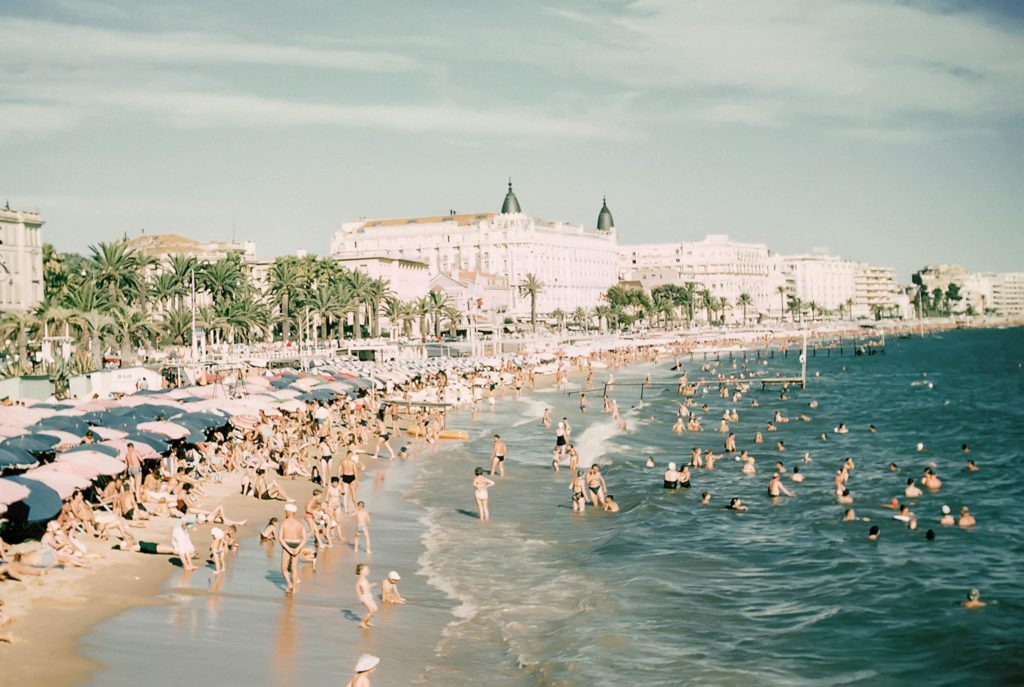
As everyone knows, the Riviera was discovered as a winter resort by the English desperately looking to get away from the rainy and harsh British winters. La Promenade des Anglais in Nice was named after them as the nobility arrived en masse eager to taste French food and relaxed French sexual mores. But the Riviera I got to know was the one Gerald and Sarah Murphy discovered when they decided back in the early Twenties to build a house in Cap d’Antibes called Villa America, and to fill the house with summer guests called Picasso, Hemingway, Fitzgerald, and their various wives and lovers. In Tender is the Night, Fitzgerald’s haunting novel about a doomed group of rich but beautiful people, the Hotel du Cap is the centerpiece of the action, and soon after the publication of the book the hotel opened for summer guests, and has stayed open ever since.
Florence Gould, a French woman married to one of the richest American industrialists, soon followed by building a grand house in Juan Les Pins and financing art festivals during the summer months. Gerald and Sarah Murphy had started a trend that went on long after their deaths fifty years later. Grand houses on the water became THE status symbol, replacing yachts and even titles.
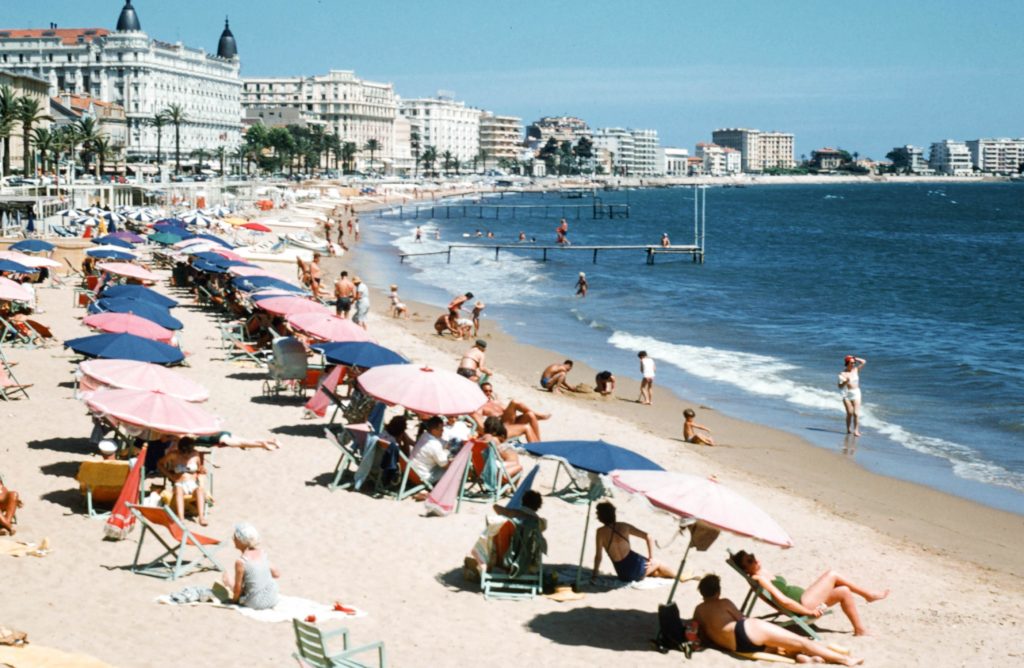
King Leopold of Belgium, the richest of monarchs because of his Congo wealth, built La Leopolda, in the hills above Villefranche, the grandest of houses later sold to Gianni Agnelli, who soon became the uncrowned king of Italy. Upon my arrival as a 22-year-old, social life on the Riviera centered on the villas and their owners. La Fiorentina, recently sold for 450 million dollars to some gangster, reigned over Cap Ferrat, owned by a beautiful Australian lady baptized by Somerset Maugham as Lady Killmore, having survived three very rich husbands. Lady Kinmare was extremely nice to me, seating me near her during my first summer on the Riviera, as I knew absolutely no one at her party. She gave daily lunches and dinners and a ball each week in the Fiorentina, probably the most beautiful house on the coast. The most exclusive invite was, of course, the Agnelli green and blue card sought after by every social climber on the coast. La Leopolda was one long house party consisting of American grandees such as the Henry Fords, French aristocrats like the de Ganays, Italian princes, football players, and poor little me. The house was always full but the guests changed weekly. Even if I say so myself, Taki stayed for the months of July and even August, when the owners moved to Vilar Perosa for the mountain air.
What sticks in my mind the most is how glamorous, stylish and sumptuous that period was, when the Riviera was virtually one enormous playground for privileged people. A few miles down the coast, in Antibes, the chateau de la Croe, a neo classic beauty owned by Stavros Niarchos, was regularly lent out to guests like the Duke and Duchess of Windsor (who had honeymooned there twenty years before) while the pool house was used by Niarchos for entertainment during the day. He preferred to live on the Creole, his three – masted schooner. Further west, near Juan, Jack Warner’s modern beauty covered the Hollywood brigades, and still further west, stood Aly Khan’s Chateau de L’Horizon where the playboy son of the then Aga Khan had married Rita Hayworth.

In Antibes itself was another house I often visited because its owner and I had become friends back in Paris, when we came across each other both waiting outside the house of a certain lady of the night. The house was called “Du – Dubon – Dubonnet,” and it belonged to the charming Frenchman Andre Dubonnet, head of the Dubonnet drinks empire. As I said, social life was centered around all these grand houses, and unlike today, where social climbers meet other social mountaineers at charity balls, back then the houses competed with each other only by their guest lists. One house that refused all invitations and never granted invites to other houses, even its neighbors, was La Mauresque, owned by Somerset Maugham who ran a very tight ship in his guest list. He refused to mix with the nascent jet set, and one of my greatest regrets is the fact I was once invited there by a notorious homosexual friend of mine, but begged off thinking that the “old boy” might jump on me.
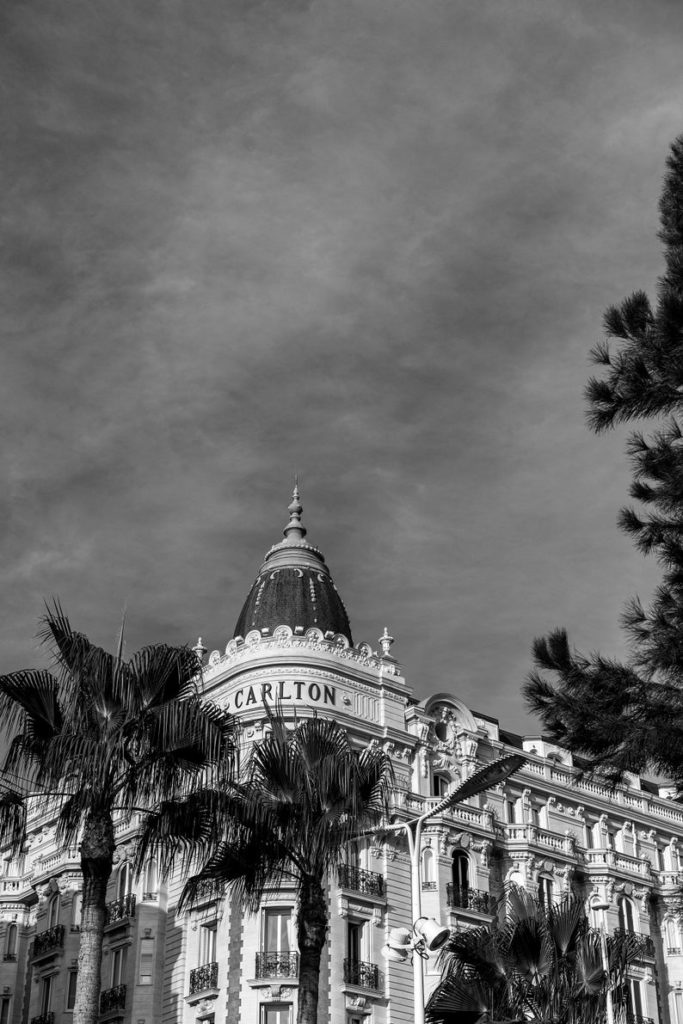
Needless to say, the breathtaking background of plunging mountains, rocky harbors, and sweeping bays, added to the glamour of the exquisite villas built in a dazzling style, medieval, neo classical, and Louis XVI. During the month of August, when the “Vacances Paye” crowds came south, St Tropez became no man’s land, and Juan les Pins ditto. We moved to Monte Carlo, still a Ruritania – sur- mer resort even after Onassis had lost his battle with Rainier over the future of the principality. Rainier wanted a Las Vegas sur mer, Onassis wished to keep it small and exclusive. August in Monte Carlo was different. We all lived in hotels, met on the beach club every morning, played tennis in the club up above, and dined every night at Rampoldi’s and then hit the Maona, the outdoor nightclub named after Maria Callas and Onassis. Agnelli, Niarchos, Onassis, Gunter Sachs, Porfirio Rubirosa, Andre Dubonnet, Dado Ruspoli, Henry Ford, Yanni Zographos, Daryl Zanuck, the Goulandris brothers, were some of the fabulous characters I met on the Riviera. They were sophisticated urbanites letting themselves go in a setting that will never be replicated because there are no more glamorous people on this earth. Back then the talk during dinners was about politicians, movie stars, artists, writers and gossip. Now people talk about money, sex, and racism. If given the choice of today or the 17th century, I’d jump for 17, including the lack of teeth, the smells, and the plague. Just think: La Leopolda is now owned by a woman who married an Iraqi banker who mysteriously burnt to death, whereas the Fiorentina has been bought by some unidentified gangsters that planned to modernize it. In a way it’s a good thing. The overbuilt and overcrowded Riviera today has become so awful that the last time I was there ten years ago I didn’t even look out of the car window. I’ll take the oily beach in Piraeus any day.
